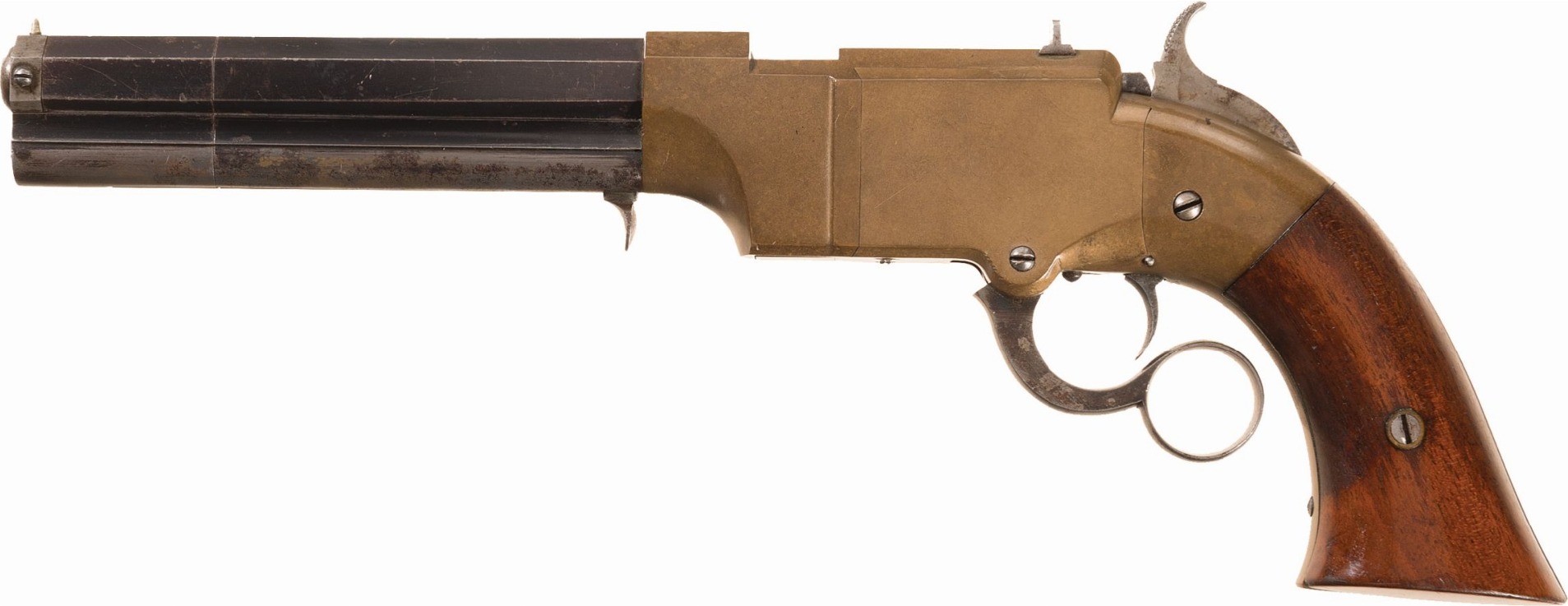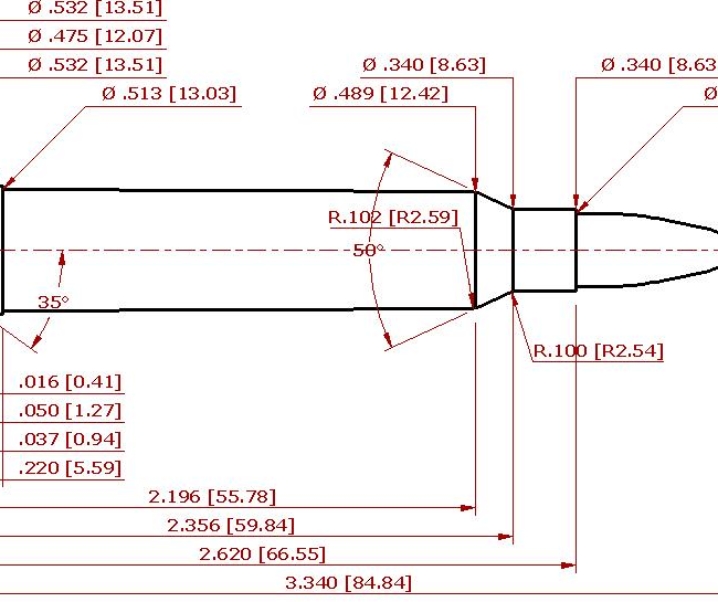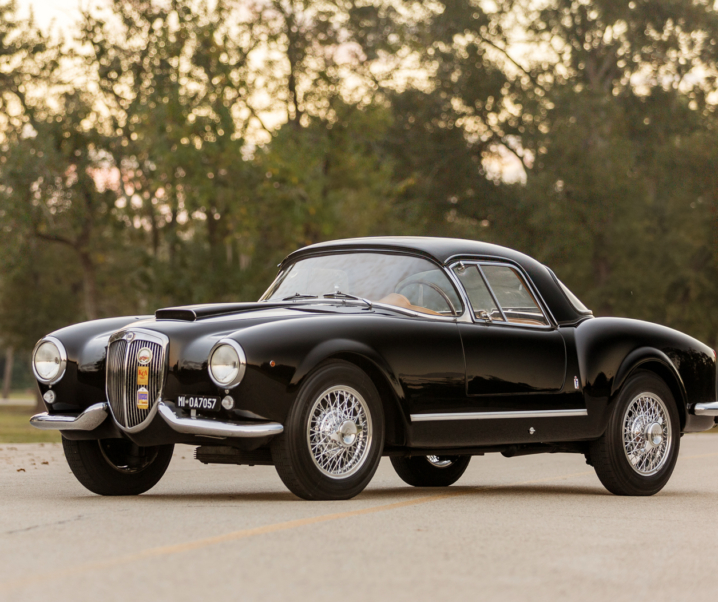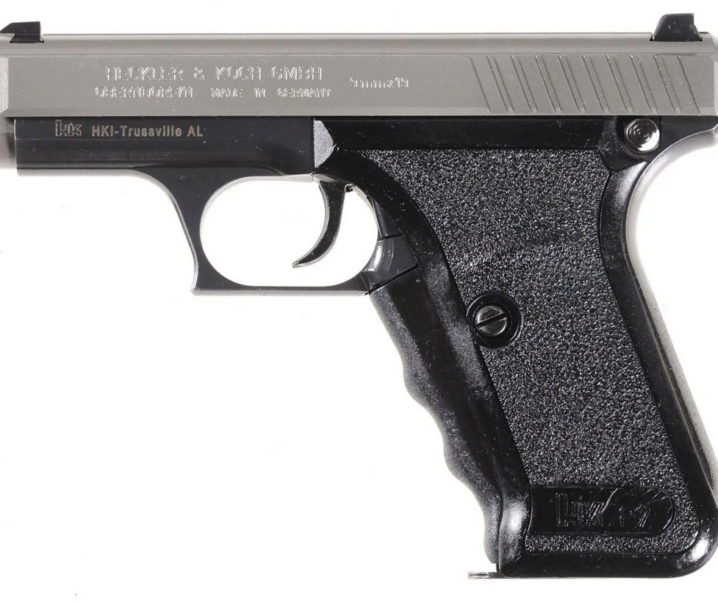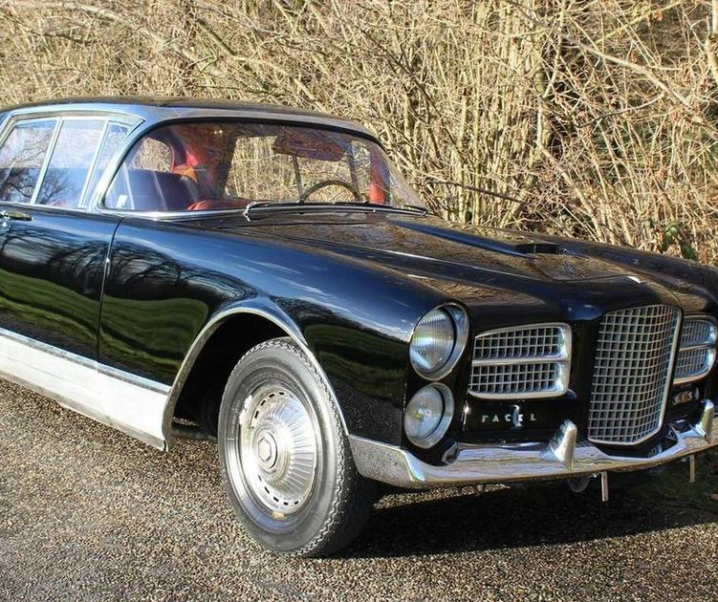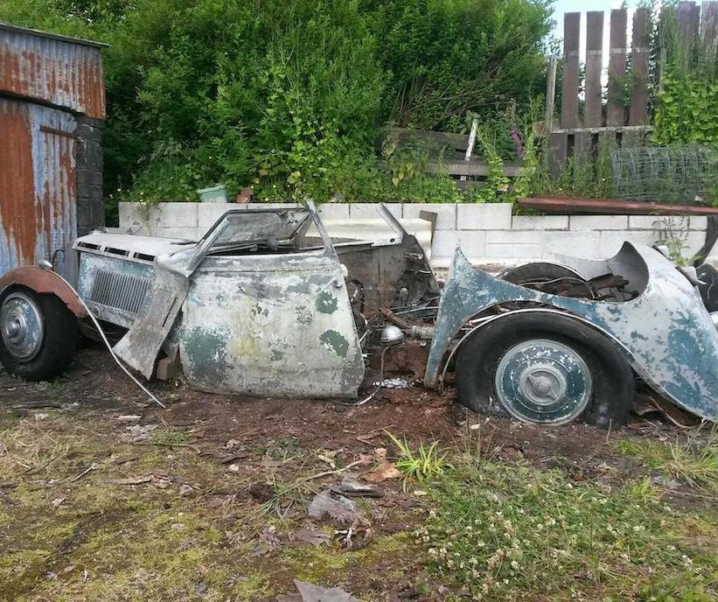The Search for a Self-contained Cartridge
The story of America’s iconic lever action rifle began with the efforts to invent a practical self contained cartridge. This was a relatively slow developmental process and while today we think of the self-contained metallic cartridge as being a simple idea it was by no means a self-evident concept to those who furrowed their brows to try to get their minds around this invention.
New Yorker Walter Hunt’s “Rocket Ball” of 1848 was the early ancestor that would ultimately lead to the birth of the first genuinely practical lever action rifle some eighteen years later: that being the Winchester Model 1866. Hunt’s “Rocket Ball” was effectively a caseless cartridge based on the design of the muzzleloading Minie Ball. Just as the Minie Ball had been created with a hollow base in order that when the gunpowder charge was fired behind it the skirt of the hollow base would expand engaging into the lands of the rifling and forming a gas seal, so Walter Hunt reasoned that if the hollow base was filled with gunpowder and given and end cap it would make for a decent breech-loading cartridge.
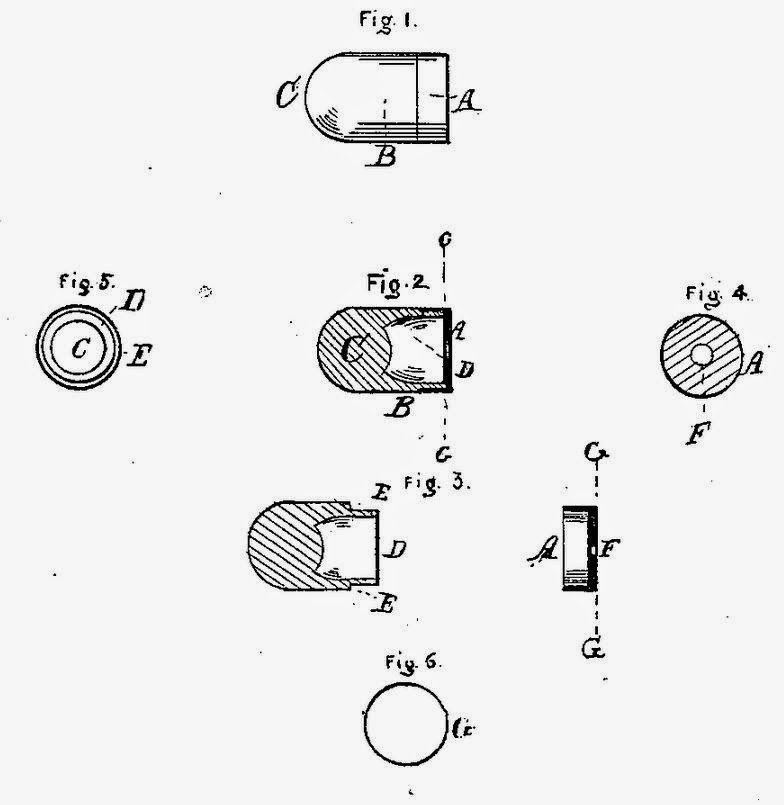
In Hunt’s design the gunpowder in the base would be held in place by a cap that would fit over the hollow in the base of the ball. This cup had a hole in it covered by thin combustible material so that the flame from a percussion cap could penetrate it and ignite the powder. The percussion cap was to be separate from the cartridge however and so the shooter needed to manually prime the firearm.
The observant will have reasoned that once the cartridge had been fired the bullet would be discharged from the barrel leaving the rear cap behind. Hunt’s idea was that the next cartridge would be chambered behind the fired cap, and when the next cartridge was fired it would drive the cap in front of it out of the barrel, supposedly helping to clean the barrel. The system was not a success but it pointed the way towards the creation of the Volcanic cartridge and lever action rifle.

Hunt developed his Volition rifle to fire the cartridges. The Volition rifle used an enclosed breechloading mechanism and featured a tube magazine under the barrel which held a dozen of his Rocket Ball cartridges. This was a very early lever action rifle.
The Volition rifle was followed by a pioneering lever action called the Jennings rifle after its inventor Mr. Lewis Jennings. The Jennings rifle was a significant advance over Hunt’s Volition in that it had a much more dependable lever action mechanism to load cartridges from the magazine. The Jennings also had an automatic priming system so that when the lever under the action was cycled a cartridge from the magazine was chambered in the breech and a primer dropped into place ready to be struck by the external hammer to fire it.
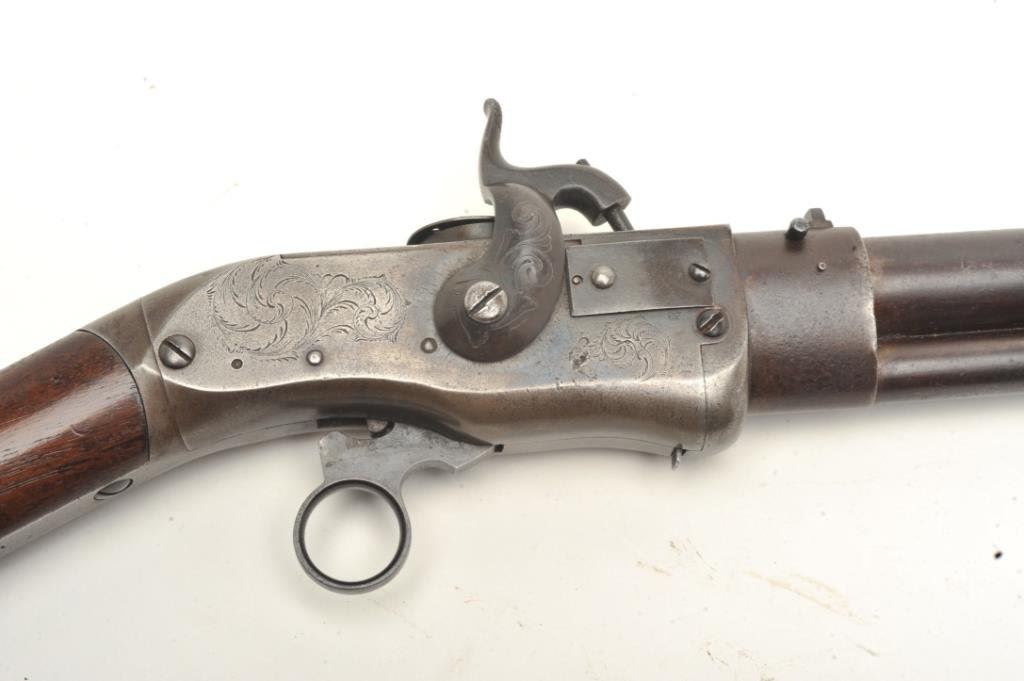
This rifle was manufactured by the Robbins & Lawrence Company and two of their employees worked on that rifle design to improve it. Their names were Horace Smith and Benjamin Tyler Henry. Henry was the shop foreman and initially he worked with Horace Smith on the Jennings rifle. Daniel Wesson joined the company in 1850 as the superintendent of the Leonard Pistol Works which was a division of the Robbins & Lawrence Company.
Smith, Wesson, and Henry: the Creation of the Lever Action
It transpired that Smith, Wesson, and Henry got together over work on the Jennings rifle and got their thinking caps on to figure out the failings of the Jennings and Volition firearms and the shortcomings of the Rocket Ball. The result was an improved model referred to as the Smith-Jennings. This model retained the under barrel tube magazine of the first model Jennings and incorporated an automatic primer feed, remembering that the primer was not yet incorporated in the cartridge.
The Smith-Jennings is very well explained by Ian in Forgotten Weapons and we’ve linked to his video below.
[arve url=”https://www.youtube.com/watch?v=fggK6m315DI” /]
History tells us that Henry, Smith and Wesson discussed the Jennings rifle with a view to creating something much better. They could see potential, but needed to figure out how to realize on that potential. When faced with such a situation an opportunity to see other people’s ideas and get some inspiration from them is of great value, and that opportunity presented itself to Horace Smith when the company decided to send him to Britain’s Great Exhibition which was held in London’s magnificent Crystal Palace in 1851.
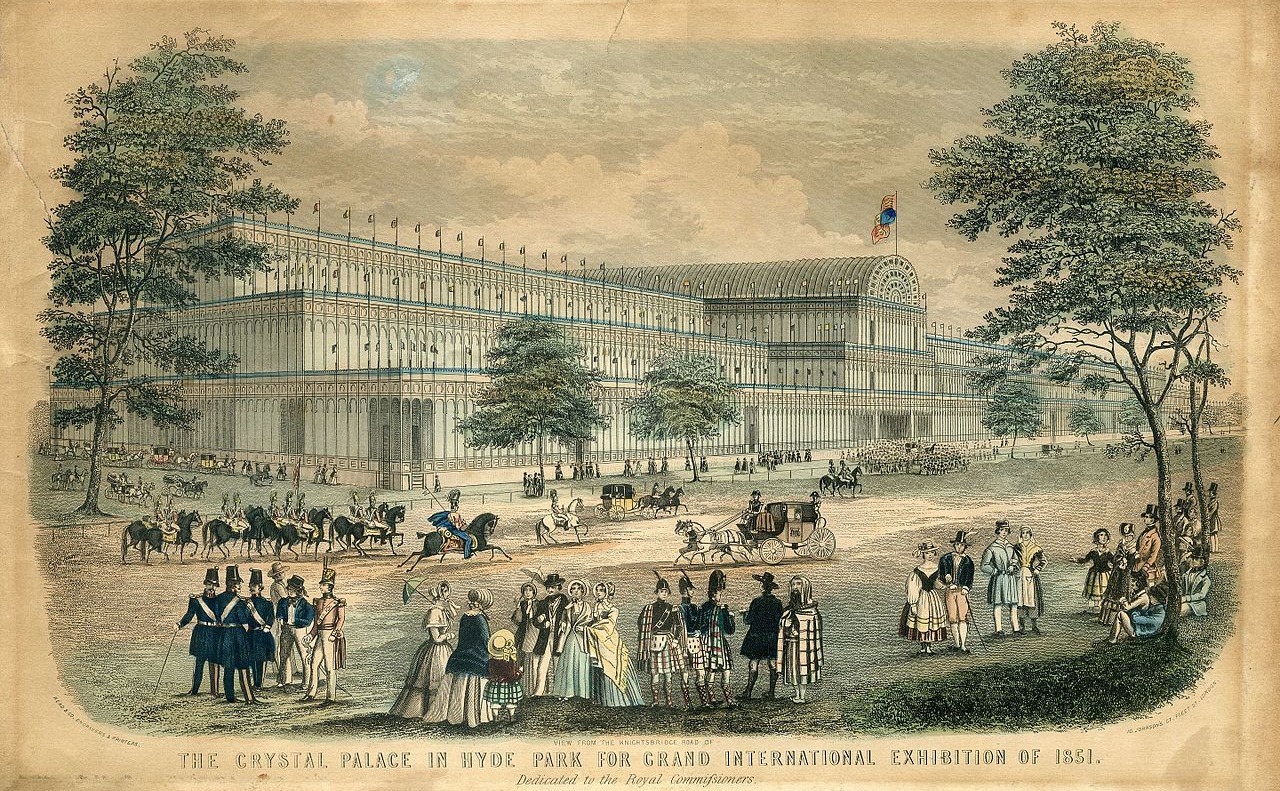
At the Great Exhibition Horace Smith met Louis Flobert who had invented a rimfire cartridge in 1845 and which Smith took a great deal of interest in. Upon his return to the United States Smith and Wesson decided that they could improve on Flobert’s rimfire and avoid any patent problems by using a metallic cartridge case with a flared base. Into this flared base was inserted a metal disc with a central hole in it which acted as an under powder wad and which held the priming compound. Over that fitting flush with the flared base was another metallic disc which covered the priming compound and sealed the cartridge, making the priming compound like the “meat in the sandwich”.

This design was not a rimfire nor was it a centerfire cartridge, so it is perhaps best to refer to it as a “base-fire” because a strike to the base would cause the priming mix to explode. This design had great potential but for one teensy weensy little snag: it was too expensive to produce because of its complexity. So Smith and Wesson went back to Hunt’s Rocket Ball in order to create a cartridge that would work, and that would be cheap enough to produce.
They reasoned that the simple expedient of adding a primer to the Hunt Rocket Ball would do the trick and lo and behold the “Volcanic” cartridge was created.
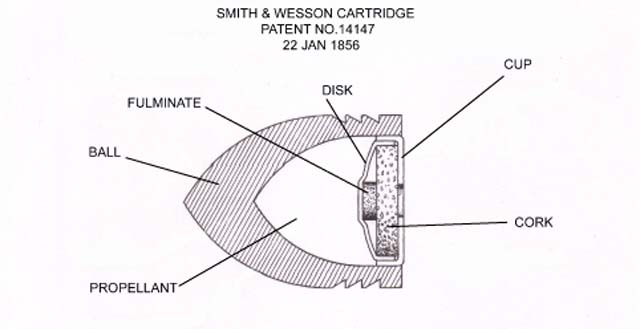
The Volcanic cartridge incorporated some of the ideas from the “base-fire” design in that it sandwiched the mercury fulminate primer between two metallic cups/discs, but utilized a center-fire layout.
The No. 1 and No. 2 Lever Action Pistols and the Henry Rifle
Horace Smith and Daniel Wesson had been working for the Robbins & Lawrence Company which was owned by Mr. Courtlandt Palmer and in 1854 he financed Smith and Wesson to begin production of lever action tube magazine handguns firing the Volcanic cartridge. Mr. Palmer owned the patents for the Jennings and Smith-Jennings rifle mechanisms and he thought that the lever action was going to be a great success.
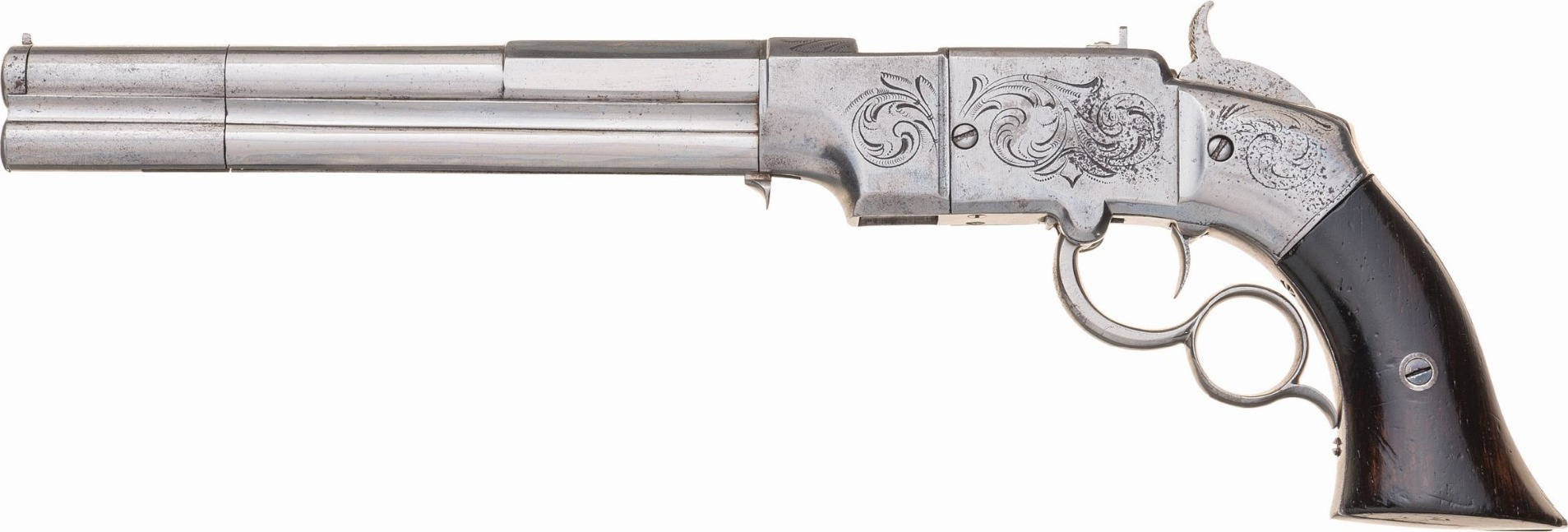
The Smith and Wesson formed a new company to manufacture the handguns and that company was originally called the Smith & Wesson Company, making lever action handguns from 1854-1855. There was a No. 1 which was made in .31″ caliber typically with a 3½” barrel, and a No. 2 which was made in .41″ caliber commonly with an 8″ barrel but also with a less common 6″ barrel.
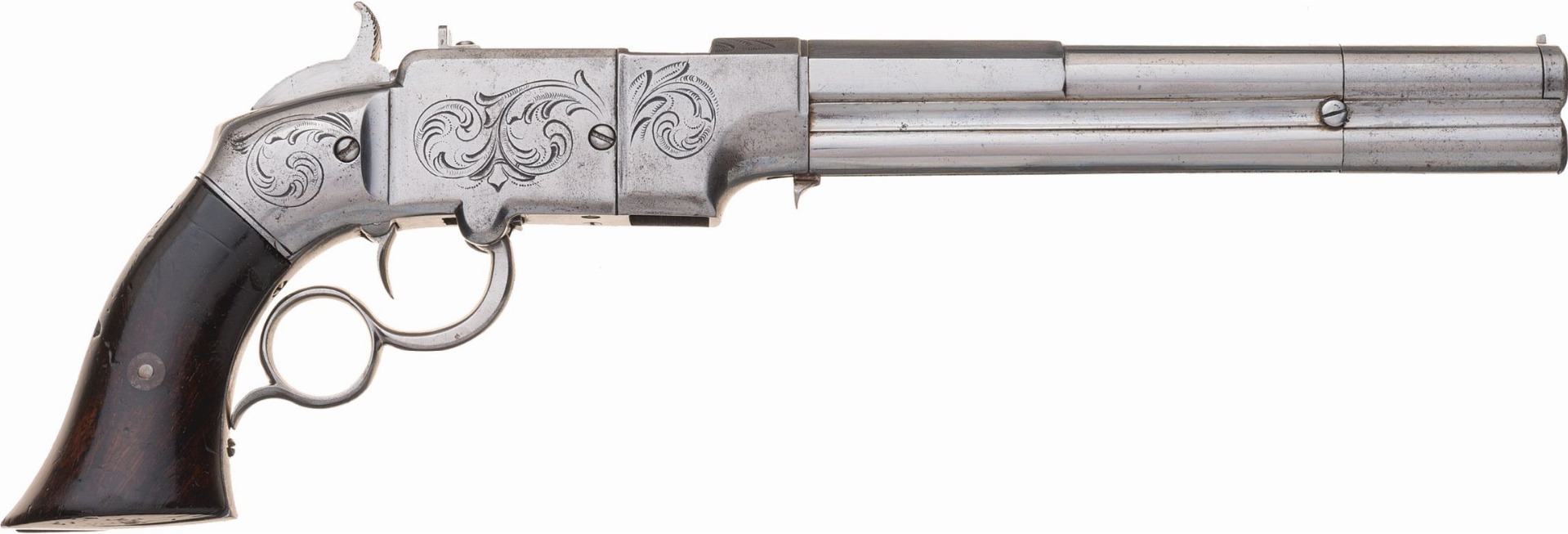
In 1855 the company name was changed to the Volcanic Repeating Arms Company and some new investors joined including shirt maker Oliver Winchester. By this stage the company began producing rifles as well as the No. 1 and No. 2 handguns.
Smith and Wesson left and set up their own Smith & Wesson Revolver Company when they obtained the famous Rollin White patent which covered breech loading a revolver whose cylinder was bored through.
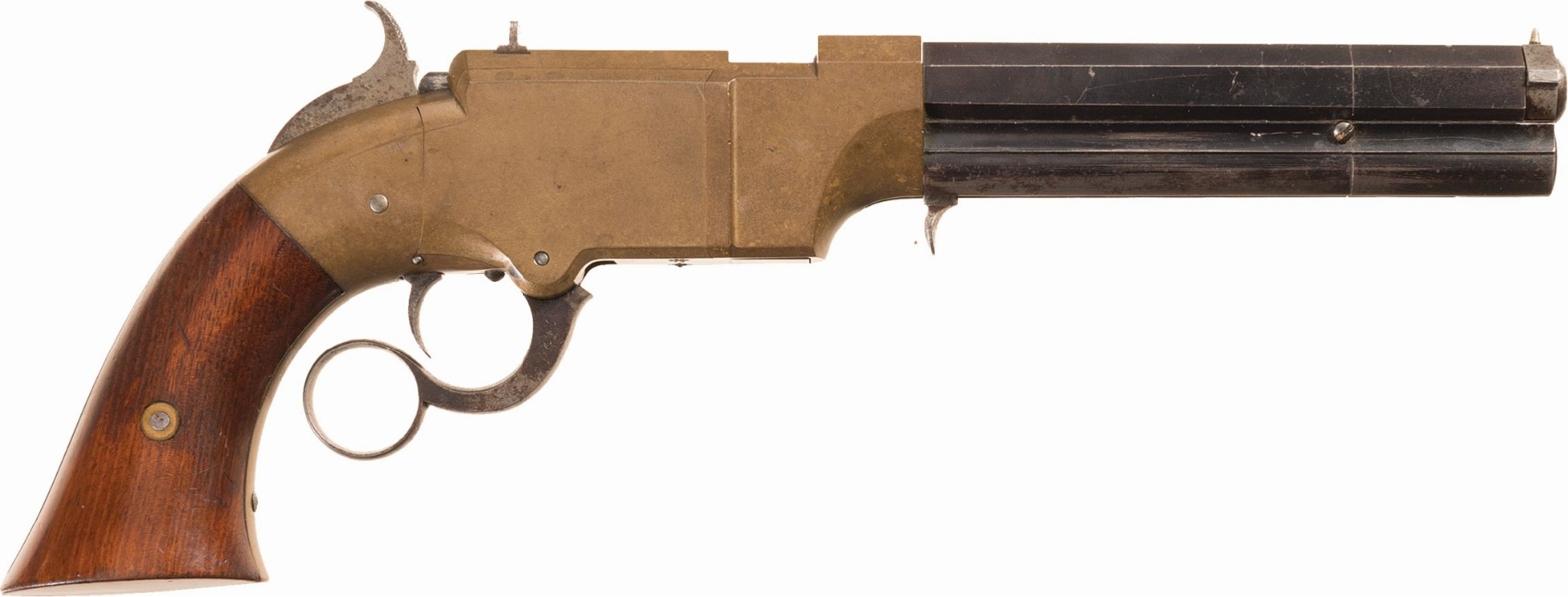
Then 1856 Oliver Winchester managed to force the Volcanic Repeating Arms Company into insolvency and took over ownership, in so doing he also moved the manufacturing to New Haven, Connecticut and renamed it the New Haven Arms Company in April 1857. He also hired Benjamin Tyler Henry as his plant superintendent when Robbins & Lawrence found themselves under increasing financial pressure.
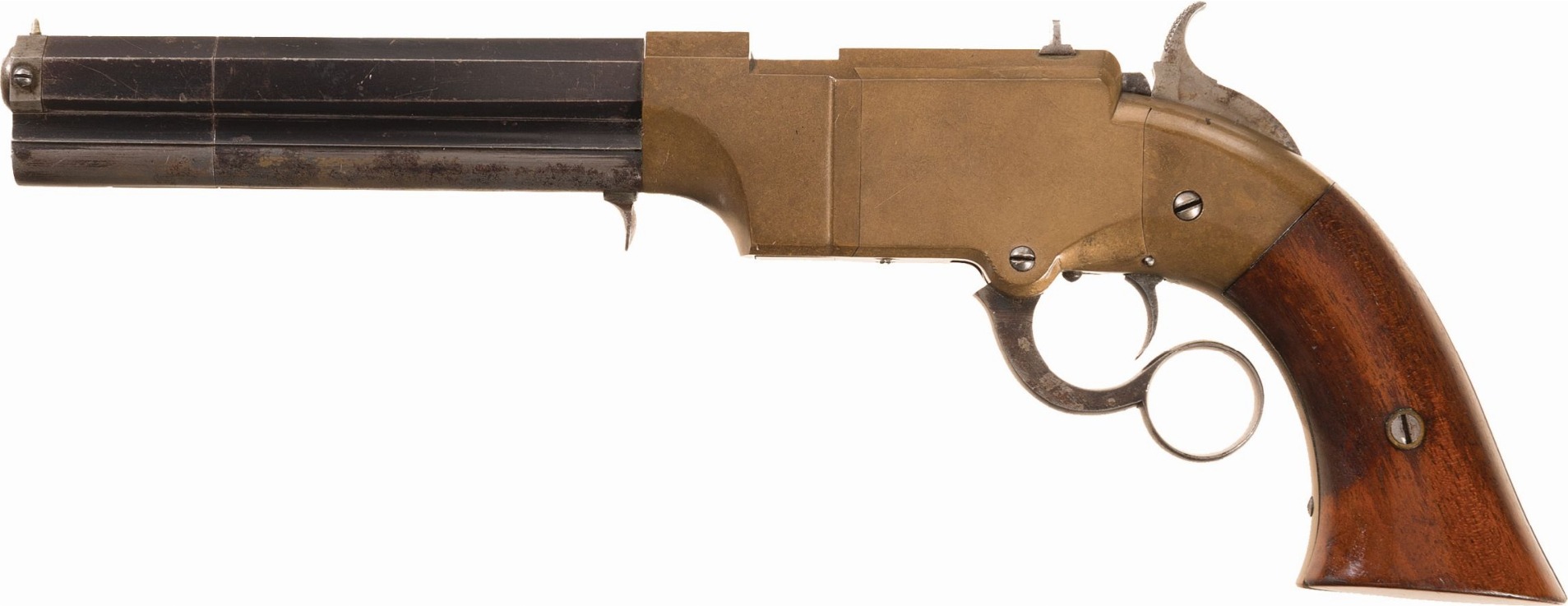
Henry devoted his time to research and development to create a new and much improved lever action rifle. He based his design on rimfire ammunition of .44″ caliber which he also designed. This new Henry rifle was three years in the making and it solved the technical problems of the Volcanic, in part by using vastly superior ammunition.
The Henry went into production in 1860 and would remain in production until 1866, by which time the New Haven Arms Company was renamed as the Winchester Repeating Arms company, and the Winchester Model 1866 made its debut.
Epilogue
The Volcanic ammunition and the lever action arms made for it were a key developmental step in the process that led to the .44 rimfire Henry lever action and the superbly successful centerfire Winchester Model of 1866 and its iconic descendants: the “guns that won the west”.
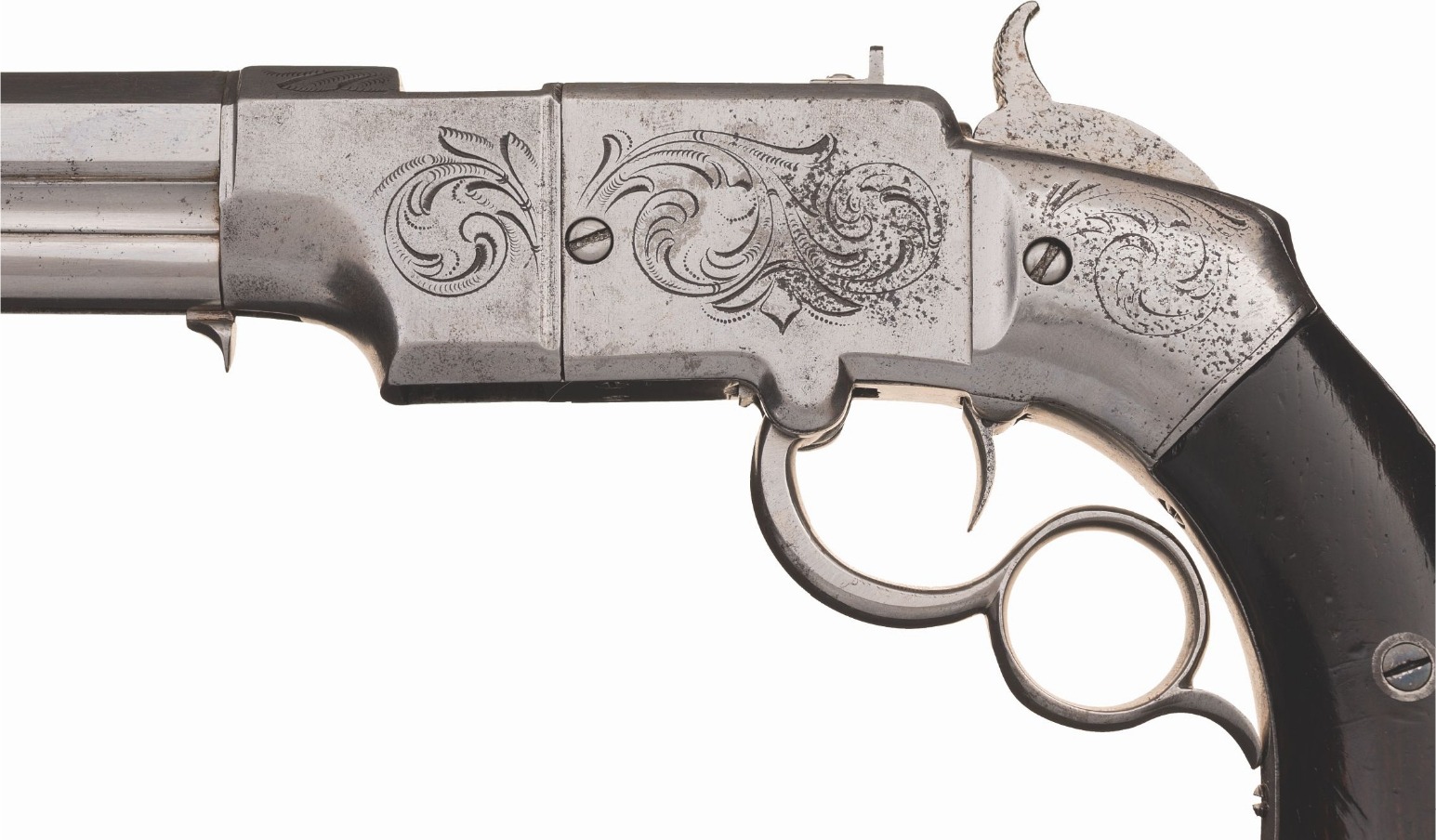
The two handguns pictured in this post are coming up for sale in February 2020 by Rock Island Auction. Despite the fact that the Volcanic was not a perfected design it was a vital stepping stone in the history of the American lever action rifle and such examples form a vital part of a collection of lever actions.
The Smith & Wesson No. 2 pistol’s sale page can be found if you click here.
The New Haven Arms No. 2 pistol’s sale page can be found if you click here.
Both are to be offered on February 15th, 2020.
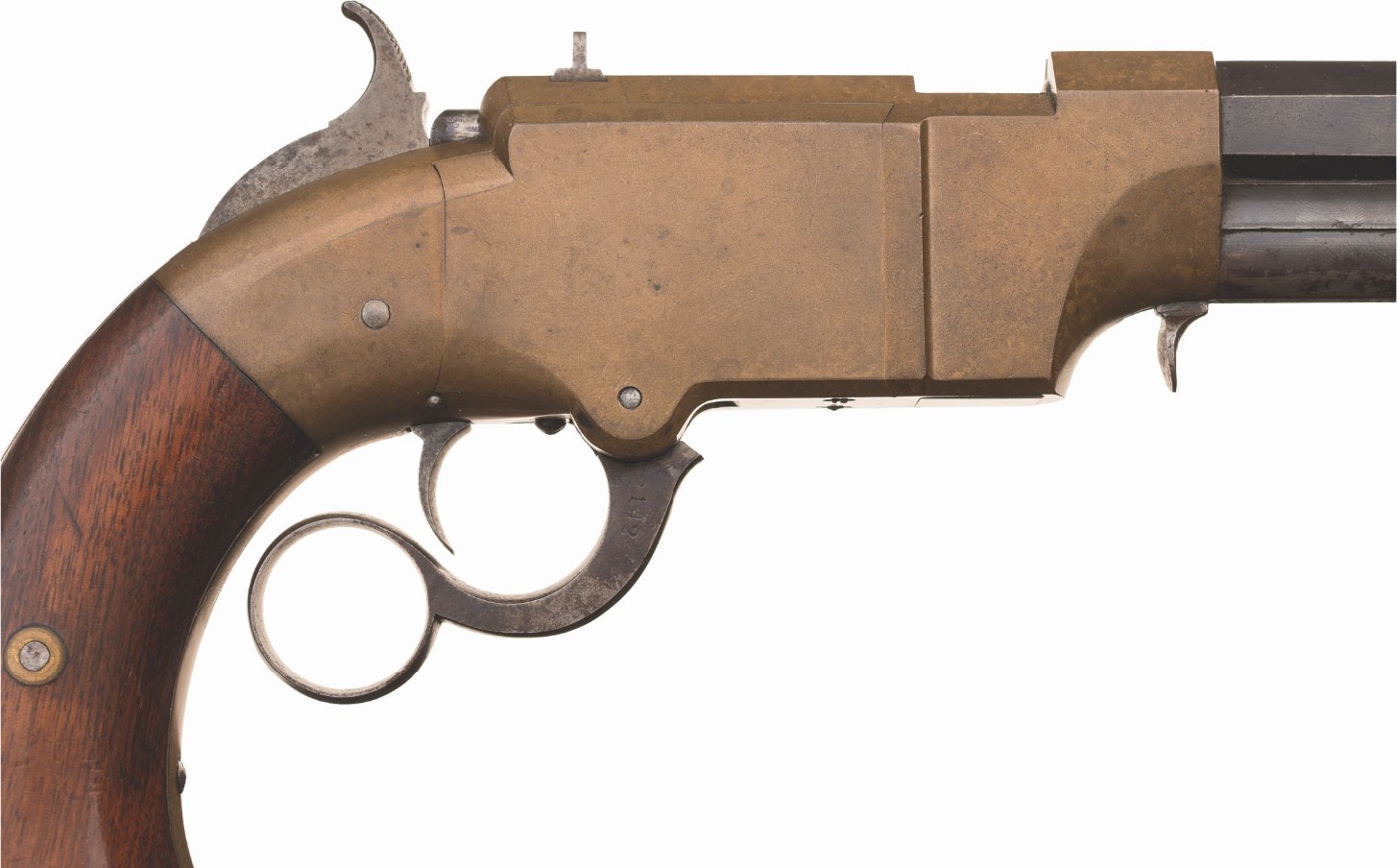

Jon Branch is the founder and senior editor of Revivaler and has written a significant number of articles for various publications including official Buying Guides for eBay, classic car articles for Hagerty, magazine articles for both the Australian Shooters Journal and the Australian Shooter, and he’s a long time contributor to Silodrome.
Jon has done radio, television, magazine and newspaper interviews on various issues, and has traveled extensively, having lived in Britain, Australia, China and Hong Kong. His travels have taken him to Indonesia, Israel, Italy, Japan and a number of other countries. He has studied the Japanese sword arts and has a long history of involvement in the shooting sports, which has included authoring submissions to government on various firearms related issues and assisting in the design and establishment of shooting ranges.

